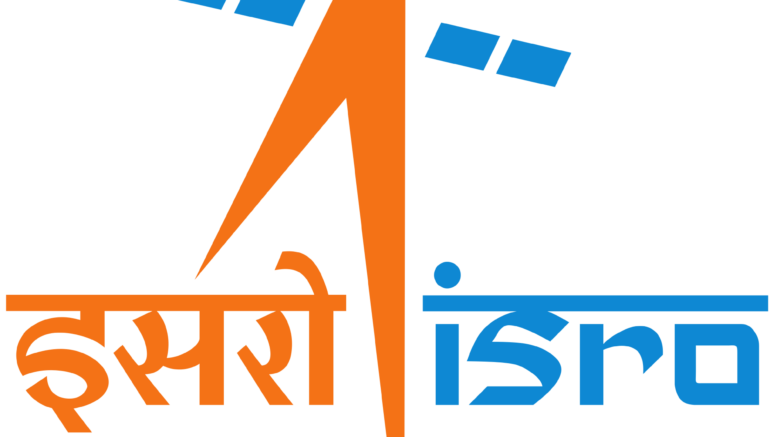With its website displaying a vision to “harness space technology for national development while pursuing space science research & planetary exploration”, Indian Space Research Organisation (ISRO) has been very busy.
Initially in 1962 established as the Indian National Committee for Space Research, INCOSPAR, was part of the Indian Department of Atomic Energy. As scientists recognized the need for India to perform space research, INCOSPAR grew to became ISRO in 1969. It was in 1972 that the Government of India setup a Space Commission and the Department of Space. When the Department of Space was created, the Indian Government moved the ISRO to report to the Department of Space.
A detailed genesis story can be found at their website, which is very inspiring and one of success https://www.isro.gov.in/about-isro/genesis
Moving ahead to avoid rehashing the same information, lets talk about Mars 2020. With their Mars Orbiter Mission on September 24th, 2014, India became the first nation to succeed on its maiden attempt to Mars, as well as the first space agency in Asia to reach Mars orbit.
Launch Vehicles And Launch Sites
ISRO is conducting preliminary research for the development of a Super heavy-lift launch vehicle which is planned to have a lifting capacity of over 50–60 tonnes into an unspecified orbit.
Small Satellite Launch Vehicle or SSLV is in development for the commercial launch of small satellites with a payload of 500 kg to low Earth orbit. SSLV would be a four-staged vehicle with three solid propellant-based stages and a Velocity Trimming Module.
India is working on a few projects which include a Reusable Launch Vehicle-Technology Demonstrator and Unified Launch Vehicle. This will provide the technologies required to launch hypersonic and heavy space vehicles.
The Polar Satellite Launch Vehicle (PSLV) is an expendable launch system developed by ISRO to allow India to launch its Indian Remote Sensing (IRS) satellites into Sun synchronous orbits. PSLV can also launch small satellites into geostationary transfer orbit (GTO).
The Geosynchronous Satellite Launch Vehicle (GSLV) is an expendable launch system developed to enable India to launch its INSAT-type satellites into geostationary orbit and to make India less dependent on foreign rockets. At present, it is ISRO’s second-heaviest launch vehicle and is capable of putting a total payload of up to 5 tons to low Earth orbit. The vehicle is built by India, originally with a cryogenic engine purchased from Russia, while the ISRO developed its own cryogenic engine.
Satellite And Manned Programs
Detailed successful missions can be found on their website https://www.isro.gov.in/about-isro/isros-timeline-1960s-to-today, but lets take a quick moment to discuss the different programs.
The Indian National Satellite System, INSAT, is a series of multipurpose geostationary satellites built and launched by ISRO to satisfy the telecommunications, broadcasting, meteorology and search-and-rescue needs of India. Commissioned in 1983, INSAT is the largest domestic communication system in the Asia-Pacific Region.
The Indian Remote Sensing satellites (IRS) are a series of Earth observation satellites, built, launched and maintained by ISRO. The IRS series provides remote sensing services to the country and is the largest collection of remote sensing satellites for civilian use in operation today in the world. All the satellites are placed in polar Sun-synchronous orbit and provide data in a variety of spatial, spectral and temporal resolutions to enable several programs to be undertaken relevant to national development.
Launched in 2017, the South Asia Satellite, GSAT-9, is a geosynchronous communications satellite by ISRO for the South Asian Association for Regional Cooperation (SAARC) region.
Future projects
The ISRO is involved in many areas of applications, which includes Telecommunication, Resource Management, Military, Academic, Telemedicine, Biodiversity Information System, and Cartography. As India has spent time developing its space capabilities, expect the future of the ISRO on the development of a manned spacecraft. If realized in the stated time-frame, India will become the fourth nation, after the USSR, USA and China, to successfully carry out crewed missions indigenously. Moreover, the ISRO will be continuing to be carrying out their satellite launches and manned programs.
ISRO plans to build a space station as a follow-up program of the Gaganyaan mission. India will not join the International Space Station program and will instead build a 20 tonne space station on its own. It is expected to be placed in a low earth orbit of 400 kilometer, or 250 mile, altitude and be capable of harboring three humans for 15-20 days. Rough time-frame is five to seven years after completion of Gaganyaan project.
The Gaganyaan project is India’s human space program. The spacecraft is being developed to carry up to three people, and a planned upgraded version will be equipped with a rendezvous and docking capability. In its maiden crewed mission, ISRO’s largely autonomous 3-ton spacecraft will orbit the Earth at 400 km in altitude for up to seven days with a two-person crew on board.

Be the first to comment on "Indian Space Research Organisation"